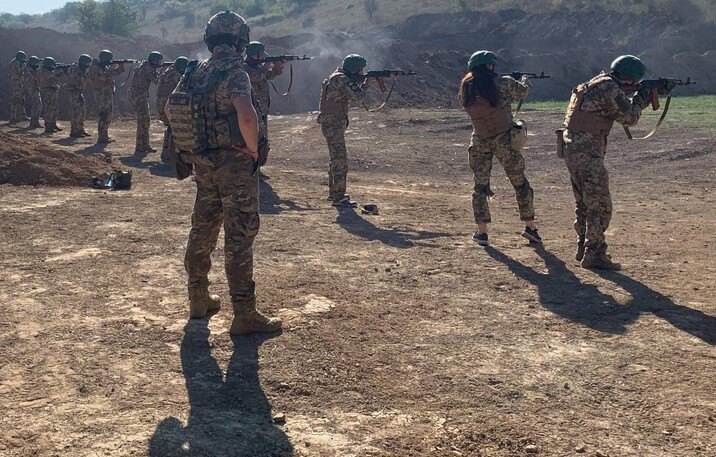
What awaits second-year students from 1 September
In May 2024, alongside the law on mobilisation, Ukraine abolished compulsory military service.
Instead, basic general military training (BGMT) for students will be introduced from September 2025, along with basic military service for all conscripts aged 18 to 25 who are not studying at higher education institutions or colleges.
According to the law, BGMT for students consists of 90 hours of theoretical lessons and 210 hours of practical training.
Theoretical lessons are to be taken at educational institutions, while practical training will take place during holidays at training grounds. Upon completion, students are expected to receive the military registration speciality of ‘rifleman’. It remains unclear whether those who turn 25 — the draft age limit — will have to undergo additional training.
For male students, the programme is compulsory; for female students, it is voluntary.
This is the current picture following the changes adopted by deputies in May 2024.
Meanwhile, draft law No. 13347 is still under consideration in the Verkhovna Rada. It proposes a more logical and simpler alternative for students. The Ministry of Education and Science (MES) refers to this when it mentions the subject ‘Foundations of National Resistance’ and assures that no BGMT will be held for students.
However, this bill has not yet been put to a vote, not even in the first reading. The parliament is on recess, with barely a month left before 1 September. Yet universities and colleges already need to plan.
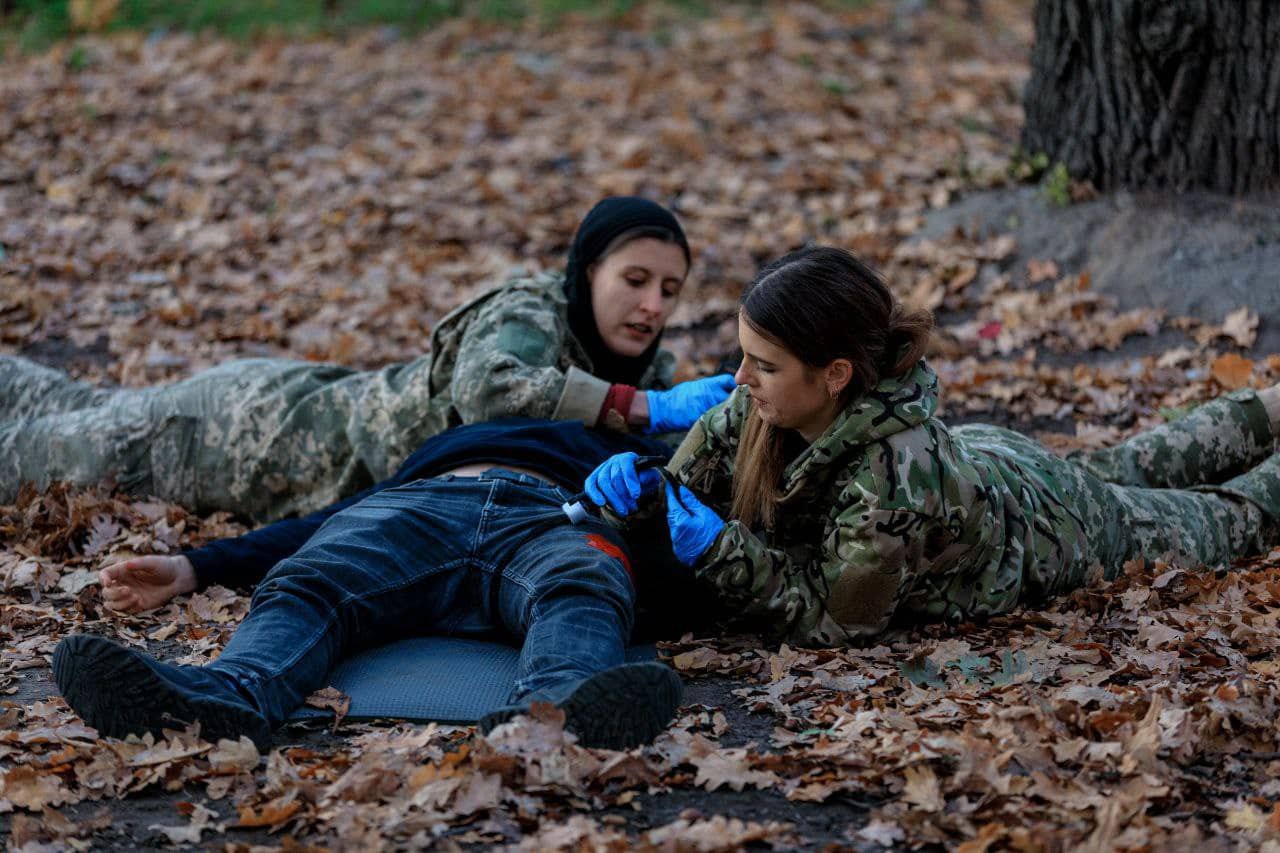
What Alternative Is Proposed?
The aforementioned draft law No. 13347 suggests a theoretical part covering:
- First aid;
- Foundations of national resistance;
- Theoretical component of firearms training;
- Introduction to digital security and defence technologies.
It also proposes a simplified and shortened practical component without full-scale firearms training. There would be only brief visits to training grounds to familiarise students with basic weapon handling and navigation in difficult conditions.
Recently, Minister Oksen Lisovyy announced that the first four-star training ground for students is already operational ‘in a safe region’, without further details.
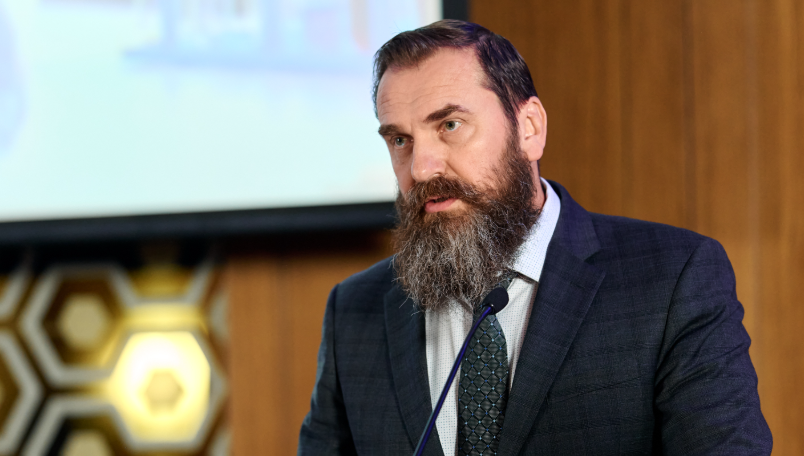
The MES also states that the alternative option takes into account students’ religious beliefs. For those students, more first aid training will be provided instead of weapons handling.
The Ministry emphasises that this is not training for mobilisation.
‘ “Foundations of National Resistance” is about preparing for potential threats that any citizen of Ukraine may face in the future,’ the MES added.
This subject would be compulsory for both male and female students.
If the bill is adopted, the subject will be introduced from October 2026.
The MES seems unconcerned if the theoretical part begins this semester under the current law. They probably hope to resolve practical training arrangements before the summer holidays.
Anton Muraveynyk, Head of the Analytical Department at the Centre for Initiatives of the ‘Come Back Alive’ Charitable Foundation, believes the alternative is the right solution, albeit delayed.
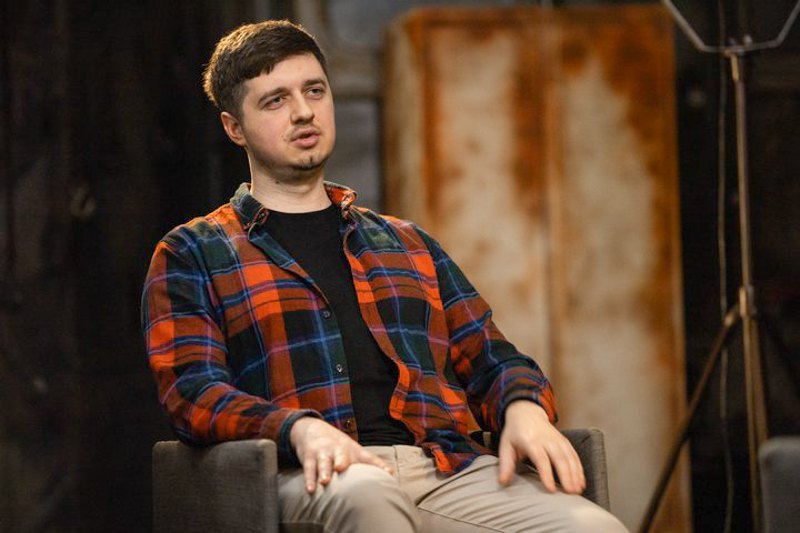
He says that during this year it is possible to develop an improved programme that ‘meets the set objectives’, rather than merely repeating the BGMT programme without effectively implementing it.
‘In my view, if the training concept is being changed, there should be a completely different programme — not only for second-year students but starting from the second year throughout university. I understand we might lose another year, but it is better to delay and do it properly if we want to raise students’ awareness and involve them in the security and defence system. If we truly value our citizens,’ Muraveynyk explained during the ‘Frontline Raft’ broadcast dedicated to this topic.
He also noted that the alternative draft is still not voted on, despite being registered back in June.
‘The parliament passed the controversial bill 12414 but did not vote on an important strategic draft law,’ he added.
Why the Current Plan Is Unrealistic
If the parliament does not approve the alternative for students, they will face the summer course at training grounds and centres.
The biggest problem is how the existing capacities — already overloaded due to mobilisation — will manage an estimated 120,000 students counted by the MES.
‘The state lacks money, ammunition, and instructors even to process the current servicemen. How will it deliver training to 120,000 students? Where will they live, what will they eat, what will they wear? Plus, it’s estimated that 90 million rifle rounds will be needed per year. They do not exist,’ Muraveynyk emphasised.
The Ministry of Defence estimates the cost of training one student at a training centre at UAH 80,000 per year, excluding the material and technical base for theoretical lessons at universities.
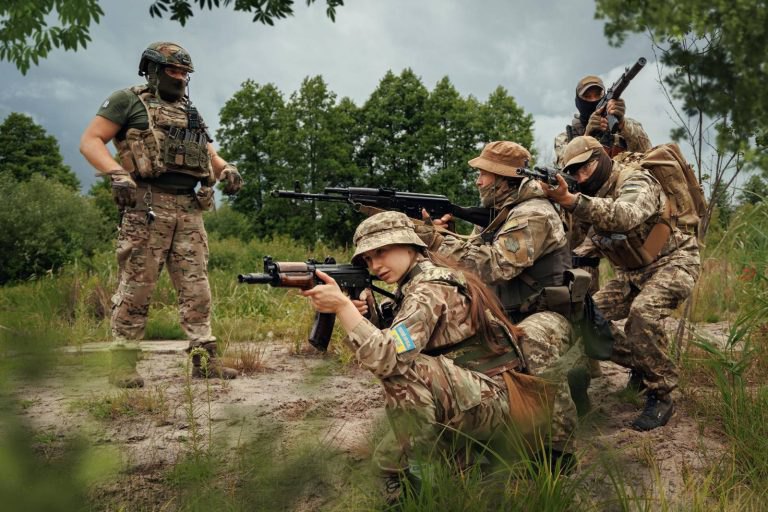
‘The Ministry of Finance estimated an annual budget of UAH 63 million for the programme, which would amount to less than a thousand per person. This won’t work — it will be money thrown away for nothing,’ says Muraveynyk.
Another, probably the most important problem, is safety. Russia targets Ukrainian training grounds with precision strikes. No one has answered how to safely train second-year students under these conditions. This also raises questions for educational institutions located in frontline or occupied territories.
This confusion worries both students and their parents.
‘Perhaps the most interested parties in this story are the students themselves, as they will receive this training and participate in theoretical and practical lessons. It is important to understand that if such BGMT is compulsory for all students, their preparation as future reservists depends on it,’ explained Yaroslava Bratus, Senior Analyst at the ‘Come Back Alive’ Initiative Centre.
How Educational Institutions Are Preparing
Representatives of three higher education institutions interviewed for this report named one key challenge for the theoretical part of the course: how to fit the new subject into the main curriculum without harming it or cutting into students’ rest time.
‘We did this last year, taking into account all bachelor’s programmes — we have nearly a hundred of them. I imagine in Kyiv Polytechnic Institute or Taras Shevchenko University there are nearly two hundred. That’s the difficulty for universities — rewriting all documents according to the programmes,’ explains Kseniya Semenova, acting president of the Kyiv Aviation Institute (KAI).
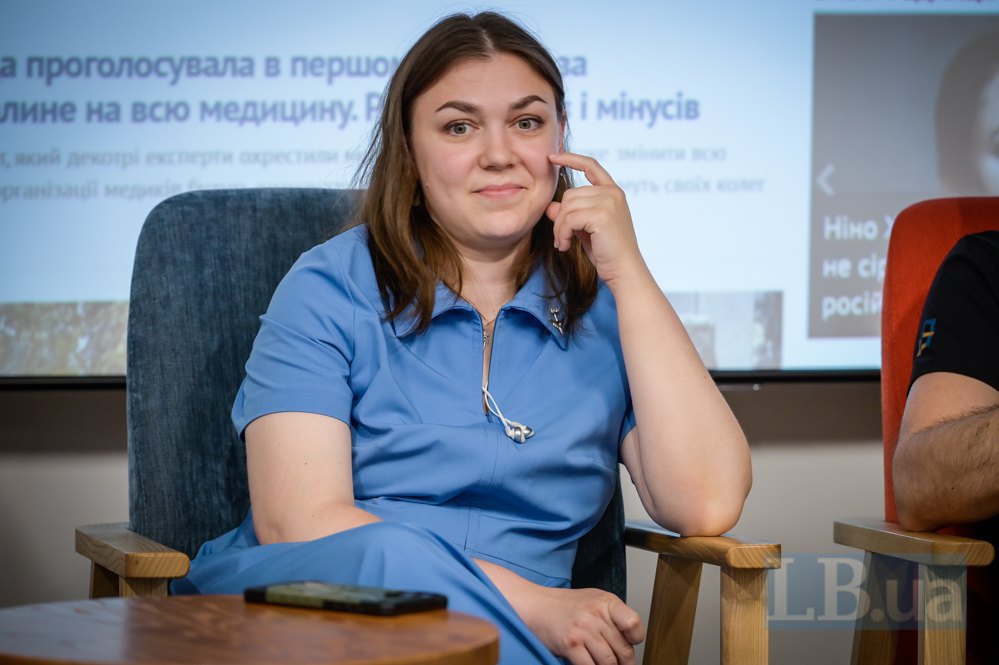
She does not see other problems for the institution, even regarding the practical component.
‘We have it a bit easier because we have a military department and our own locations — so we can do some activities there. We do not have infrastructural issues or problems partnering with military units,’ says Semenova. She adds that KAI can also provide these services to other institutions that lack such capacities.
Regarding teaching staff, besides the military department and cooperation with friendly units, the institute plans to contract first aid training courses from specialised centres.
This year, 1,500 students at the Aviation Institute will take the course, which is compulsory for all. The programme will start in the second semester, not September. ‘Anticipating that no one will understand anything yet,’ Semenova added.
By contrast, the National University of Life and Environmental Sciences of Ukraine (NUBiP) cannot afford this. This year about 2,500 students (80% of those surveyed) will take the programme, so it has been divided over two semesters.
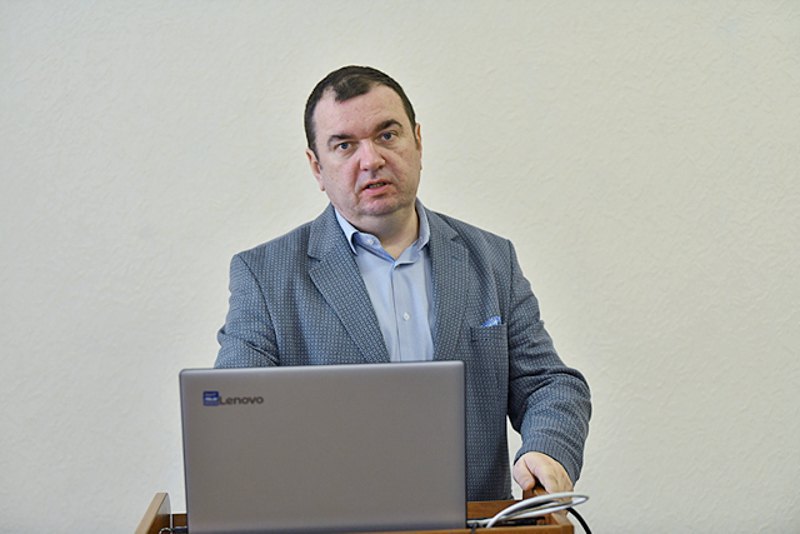
‘We have it easier with the teaching staff because we have a military training department. Considering staff willing to join, we plan to expand the team by 11–12 people — additional teachers with military experience. Currently, 4–5 have expressed interest but are not yet officially enlisted. We await the academic year start and will respond depending on whether the law passes or not,’ explains Yaroslav Rudyk, Head of the Quality Assurance Centre at NUBiP.
As for practical training, this is beyond the university’s authority and no documents have been received on it yet. So, they focus on the theoretical part and the received programme.
‘But I believe the idea of such a course, similar to BGMT, is quite relevant in current conditions. Unfortunately, we cannot organise the practical part now. But this is no reason to abandon it. It just needs thoughtful organisation to diversify the training geographically across Ukraine and quietly conduct it without public disclosure,’ Rudyk reasons.
The ‘Come Back Alive’ Initiative Centre believes not all institutions can rely on military departments.
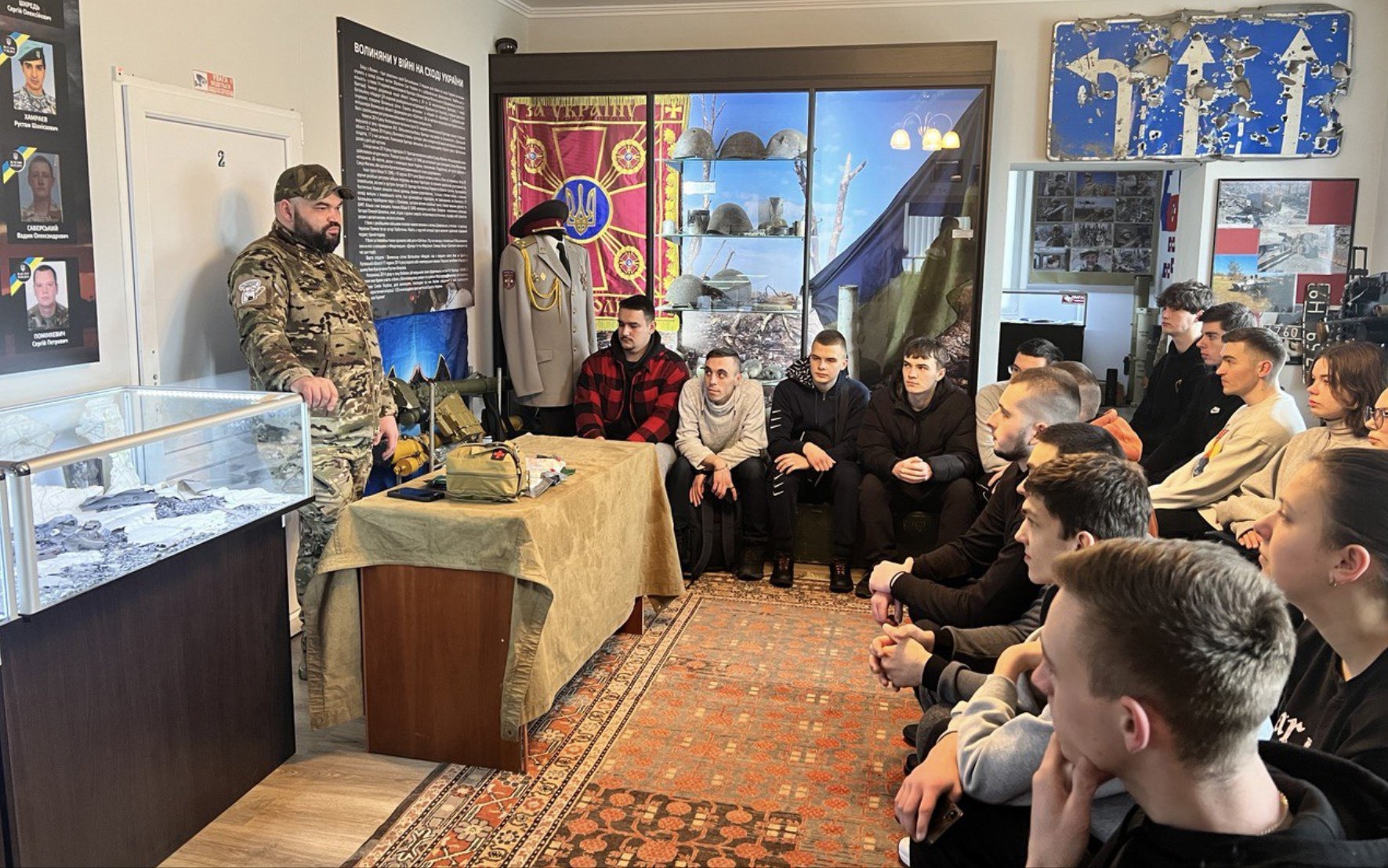
‘Firstly, military departments train reserve officers, while BGMT should confer military registration speciality (MRS) 100. Secondly, not every university has one. Thirdly, who says they have the material and technical base or instructors? Plus, the problem of military education in Ukraine remains unresolved,’ notes Anton Muraveynyk.
At Kyiv School of Economics (KSE), preparations began in March with a survey of students and a two-week pilot training in cooperation with combat units.
‘The first part was first aid, the second — firearms and a trip to training grounds to reinforce skills. We involved “Khartiya”, “Azov”, Third Assault Brigade. There was good student interest — about 400 out of 1,000 responded. The feedback was very positive. We tried to keep it controlled and clear for all parties,’ says Mykola Trehub, KSE’s Vice-Rector for Educational Innovations.
Regarding practical training, there is still uncertainty, especially about student safety.
‘If the theoretical course is not a problem and we continue cooperation with units, what to do about training grounds is also problematic,’ Trehub admits.
There is also an open question about consequences for failing the course.
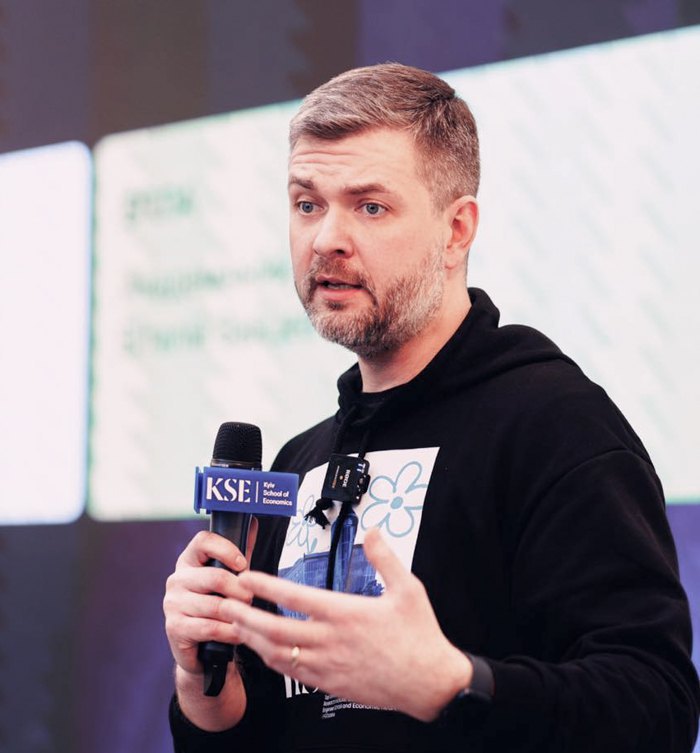
‘It’s unclear what happens if the course is not completed. There is talk of expulsion, but we don’t yet know how to reconcile this with other regulations, which specify clear grounds for expulsion — while the BGMT decree does not align with them,’ he explains.
At KAI, the theoretical part poses no problems.
‘Two-thirds of the bachelor’s educational content is mandatory. Since BGMT will be compulsory, there is nothing super unusual, so what reasons would there be to refuse it?’ Semenova says.
She also notes that if the course is cancelled or postponed, KAI will not change its plans.
‘It seems logical that a person with higher education should have basic military knowledge. We had shelling near the dormitory; there were casualties, and it was good that students had taken first aid courses. We want to be sure all our students pass this course. Even if they don’t serve afterwards, these skills are necessary in civilian life,’ explains the acting president of KAI.
The ‘Come Back Alive’ Initiative Centre is confident that progressive universities will find solutions to properly prepare students. However, what will happen with other institutions — especially in regions or frontline areas — remains an open question.








